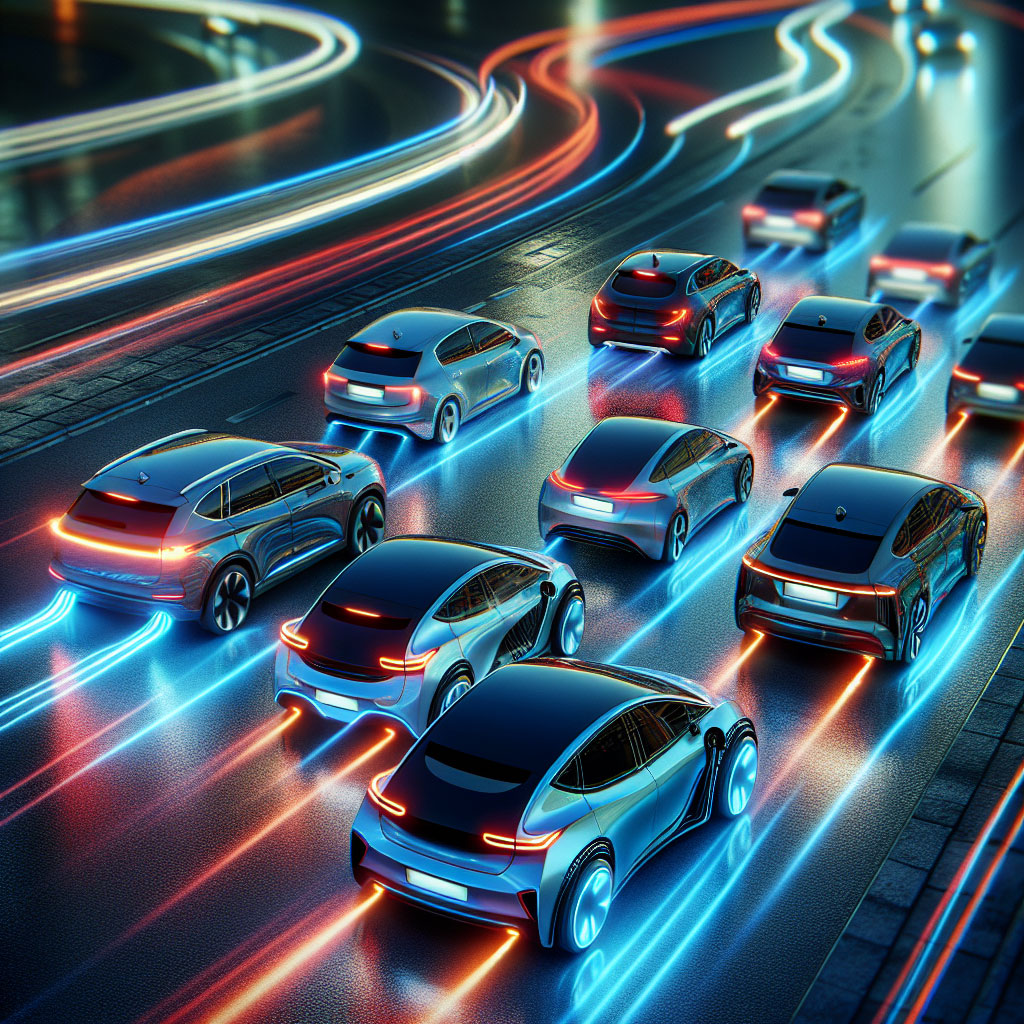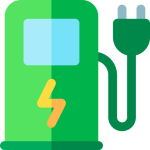
As electric vehicles (EVs) continue to gain traction across Australia, understanding the technology behind them becomes essential for both current owners and enthusiasts. One of the key features that make EVs both efficient and environmentally friendly is regenerative braking. This technology not only enhances performance but also plays a significant role in extending the driving range of electric cars.
Regenerative braking refers to the process wherein an electric vehicle converts its kinetic energy, usually lost during braking, back into electrical energy to recharge its battery. Traditional vehicles rely solely on friction brakes, which dissipate kinetic energy as heat when slowing down. In contrast, EVs utilise an electric motor as both a propulsion system and a generator, allowing energy recovery every time the driver presses the brake pedal.
When you apply the brakes in an electric car, the vehicle’s control system flips the motor’s operation mode. Instead of drawing energy from the battery to create motion, the motor switches to generator mode, spinning in reverse and capturing the vehicle’s kinetic energy. This reversed motion generates electricity, which is then fed back into the battery for storage. It’s a clever interplay of physics that results in a more efficient driving experience, making EVs particularly advantageous in city settings where frequent stops and starts occur.
This system not only allows for energy generation but also aids in slowing down the vehicle, reducing reliance on traditional brake systems. Over time, this preservation of brake components can lead to lower maintenance costs for EV owners. Furthermore, many EVs come equipped with adjustable regenerative braking features, allowing drivers to select their preferred level of energy recovery.
The efficiency of regenerative braking can vary significantly depending on several factors, including driving conditions, the state of charge in the battery, and the specific EV model. On average, it can recover between 10% and 30% of the vehicle’s kinetic energy during braking, significantly enhancing the overall range and efficiency of the vehicle.
Despite its advantages, the technology is not without limitations. For instance, in scenarios where rapid deceleration is required—such as emergency stops—traditional brakes may still have to take over. Additionally, the effectiveness of regenerative braking diminishes as the battery approaches full charge, limiting the amount of energy that can be recovered.
In conclusion, regenerative braking is a pivotal feature that underscores the efficiency and innovation of electric vehicles. By converting kinetic energy back into battery power, this technology helps enhance the overall driving range and performance of EVs while minimizing wear on traditional braking systems. As Australia continues to embrace electric mobility, understanding and utilising regenerative braking will be essential for maximizing the potential of EV ownership.
FAQs
What is regenerative braking?
Regenerative braking is a technology used in electric vehicles that allows the car to recover kinetic energy when braking, converting it back into electricity to recharge the battery.
How does regenerative braking work in an EV?
When you brake in an EV, the electric motor switches to generator mode, capturing kinetic energy and producing electricity which is sent back to the battery.
How much energy can regenerative braking recover?
Regenerative braking can typically recover between 10% and 30% of the kinetic energy during braking, depending on various factors like the vehicle model and driving conditions.
Are there any limitations to regenerative braking?
Yes, regenerative braking is less effective during emergency stops, and its energy recovery diminishes when the battery is nearly full.
Can I adjust the level of regenerative braking?
Many electric vehicles offer adjustable settings for regenerative braking, allowing drivers to choose how much energy they want to recover.
EV Evolution is the leading online platform dedicated to Australian electric vehicle owners and enthusiasts. We foster a vibrant community, delivering essential EV news and insights, and enhancing user engagement through our innovative, AI-powered chatbot for dynamic discussions. Our mission is to empower Australian electric vehicle owners and enthusiasts by fostering a vibrant, AI-driven online community that connects, informs, and advances the nation’s electric vehicle landscape.




